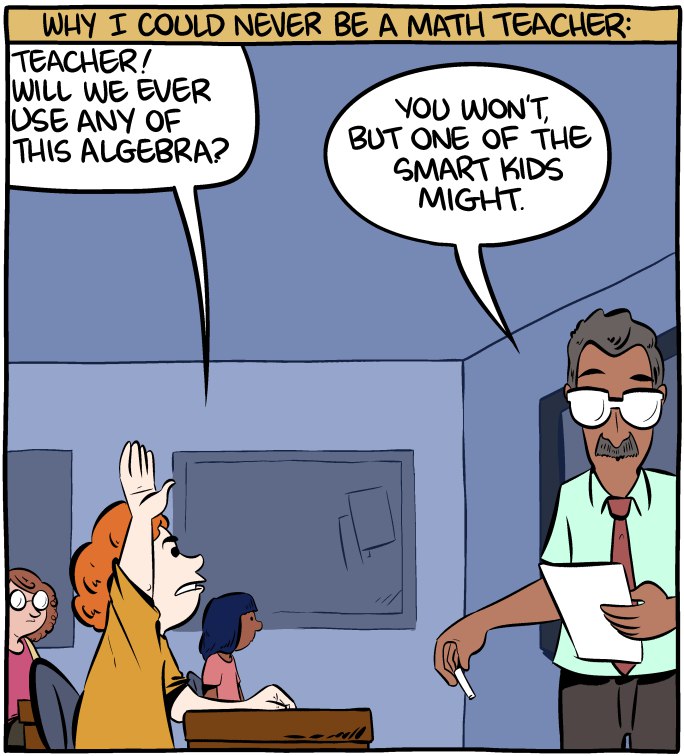Ranter
Join devRant
Do all the things like
++ or -- rants, post your own rants, comment on others' rants and build your customized dev avatar
Sign Up
Pipeless API

From the creators of devRant, Pipeless lets you power real-time personalized recommendations and activity feeds using a simple API
Learn More
Comments
-
@Fast-Nop Consider, a set of variables
[a, b, c]
all of them have a variable 'd' in common as part of their identities. Suppose some identity exists between 'a' and 'b' that we don't know about, we'll call it 'e'.
A search for a common radius between a and b when converting to polar coordinates, could possibly yield a cardoid where the radius happens to match the unknown variable thats part of the identity linking 'a' and 'b', no? -
@Wisecrack Is this a complicated way of saying that you suspect a bunch of points to be on the same cardioid curve and want to figure out what that curve might be?
-
@Wisecrack
... i am also not qualified to answer this, but my thought on your explanation was:
1. i need to google cardioid... okay, this thing.
2. so basically... you're trying to find a new way to say that "an Xdimensional line connecting Xdimensional points (X being the number of properties the points have) which have the same X-1 dimension values, but a different value on that last dimension...
... yes?
and the point in the middle between those two being a link between the two corner points? yes. it's a half-step from one of the points towards the another one along the axis that is the dimension they all differ in. -
@Wisecrack but what i wrote is dimensional-based thinking about object/point properties, not this... cardioid thing you do, i don't get why you're doing it like that and what the implications are, i just think i understand the effect you're describing and i'm confirming that yes, this effect also exists when you look at the problem from a different mental model/representation?
i'm very stoned so probably all of this is bullshit... -
@Midnight-shcode no, bit valiabt effort. merely that a cardoid should aooear when two variables happen to have some identtit linking them. just that, if two points *have* an identity i, then given a variable j they have in common, there should be a cardoid k, such that k indicates anothor unknown identity in common between the two variables, as is common in say, overdetermined systems.
or I may be huffing too much paint again, and a cardoid always appears where theres a common radius. -
@Fast-Nop that could be a possibility. Im wondering if the points on the curve at all correspond to unknown values or solutions linking the input variables in some systems. Bit of a goose chase probably.
Related Rants

 Math is hard.
Math is hard. When you wanted to know deep learning immediately
When you wanted to know deep learning immediately :)) finally a good answer
:)) finally a good answer
Hypothesis:
We may be able to determine if simple identities exist (say linked by a single variable or coefficient) for some subset of a set of variables S by comparing elements of the set and finding cardioid symmetries among them.
Yea or nay?
If someone is more familiar with the math and polar coordinates, I'd be grateful for your input.
https://pythontic.com/visualization...
question
math